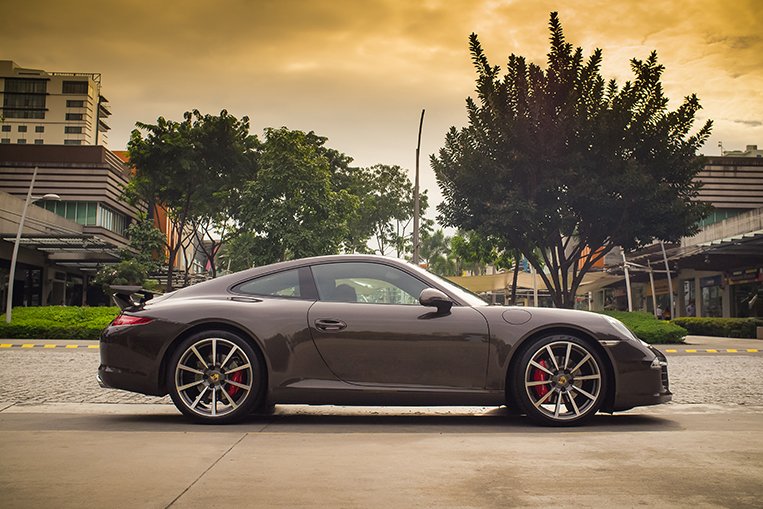
Full disclosure: While I’ve been a professional automotive photographer for more than a decade, I’ve moved on to work for a Japanese car manufacturer as its PR manager. Suffice it to say that the brand I chose to work for puts a premium on vehicle design as visibly evidenced by its current product lineup. Clearly, the photographer in me who yearns for beauty in design lives on.
Next to driving your car, one of the most common activities you can do with it is ogling it. Yes, staring at your car—appreciating the masterpiece that you have created out of a mass-produced feat of engineering by personalizing it as an extension of yourself—is a favorite pastime among bona fide car enthusiasts. What better way to perpetuate your creation than by immortalizing it in photographs?
Here are some tips to consider the next time you bring out a camera to take a picture of your car. Who knows? With what you learn here, your car just might end up as a poster on someone’s bedroom wall.
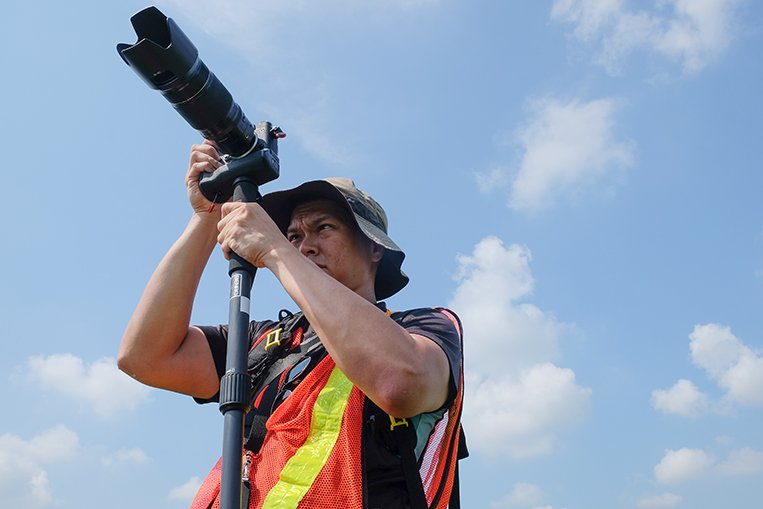
1. Know your gear. Having a technically sound photo lays the foundation for great work. Once you’ve mastered basic photography terms like ISO, aperture and shutter speed—as well as how they relate to each other in the creation of artful images—you’re one step closer to creating magic. All these parameters work together to produce a properly exposed photograph. And, for starters, this is where you want to be.
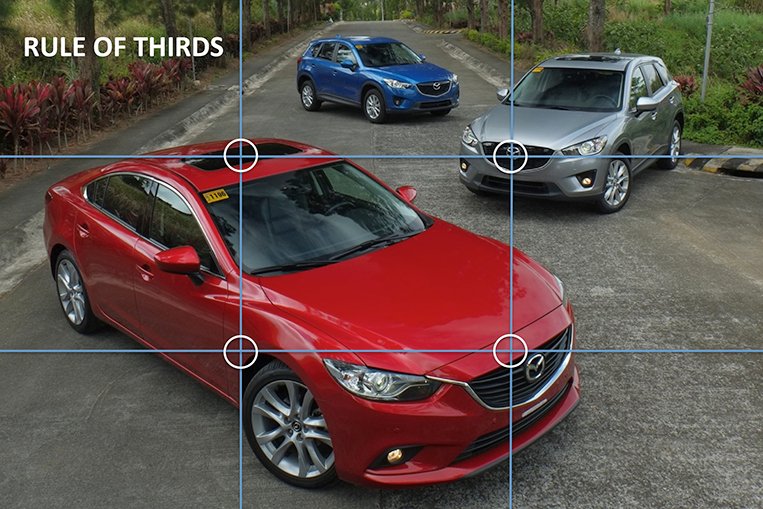
2. Apply the rules of composition. Rule of thirds, leading lines, patterns, symmetry, depth of field—these are all basic (but proven) rules that guide a photographer as to where to position his subject within the frame to create pleasing output. The simplest is the rule of thirds, which dictates that you place the main visual elements of your subject at the points of intersection of a nine-box grid. It works 99% of the time. Try it.
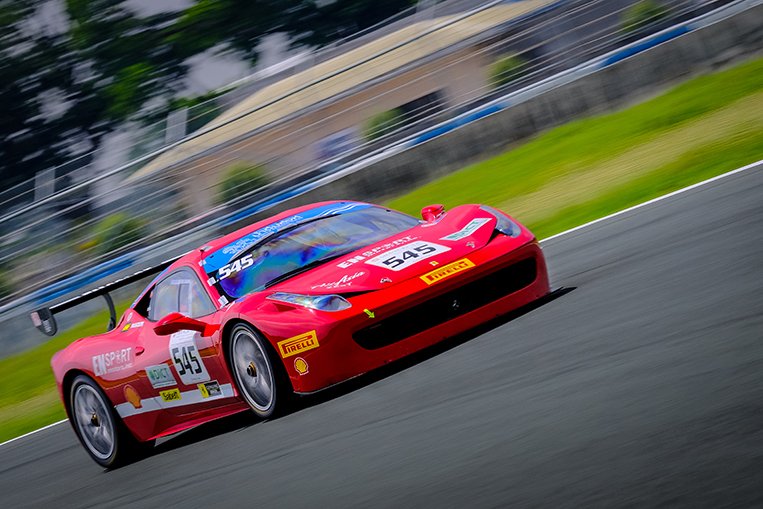
3. Break the rules of composition. While mastering the rules can get you far in the composition game, breaking them and creating your own style will make you a better photographer in the long run. Don’t limit your creativity only to what you’ve seen. Learn to create your own vision of how your car should look like.
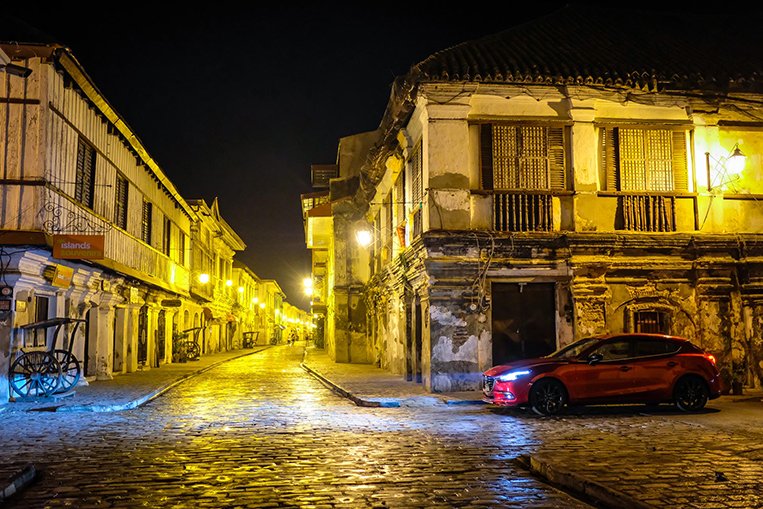
4. Use light to your advantage. Photography is all about capturing light and how it shapes objects. Take advantage of early-morning sunrise or even late-afternoon sunset lighting to give your car a profiled look. Using artificial lighting like external strobes and playing with light and shadows can lead to artistic results that make your car stand out from the background.
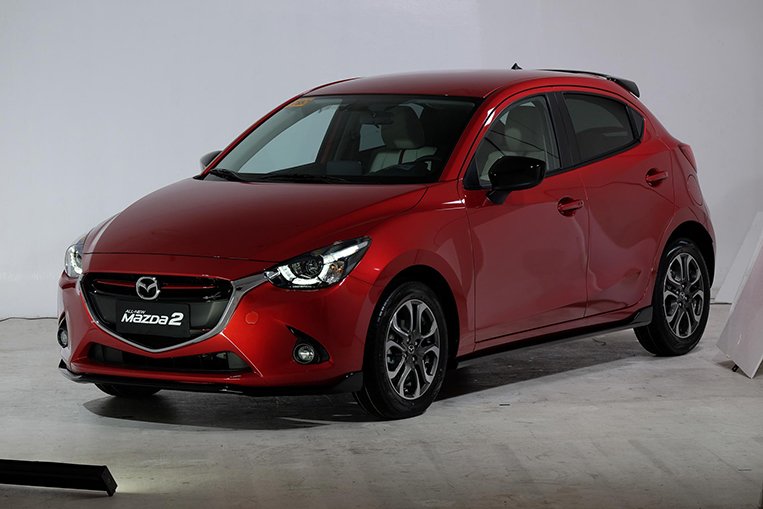
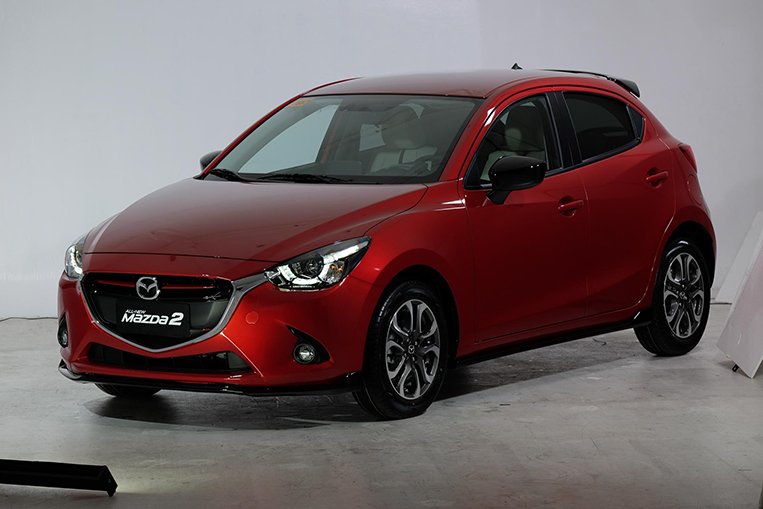
5. Be mindful of reflections on the car. Automobiles are inherently shiny. They reflect the objects and surroundings that flank them. And yes, they also reflect light. Reflections can either be good or bad depending on your intent. To lessen unwanted reflections, use a circular polarizing filter on your camera’s lens. Rotate the filter until you “clean off” the reflections that distract attention from your subject.
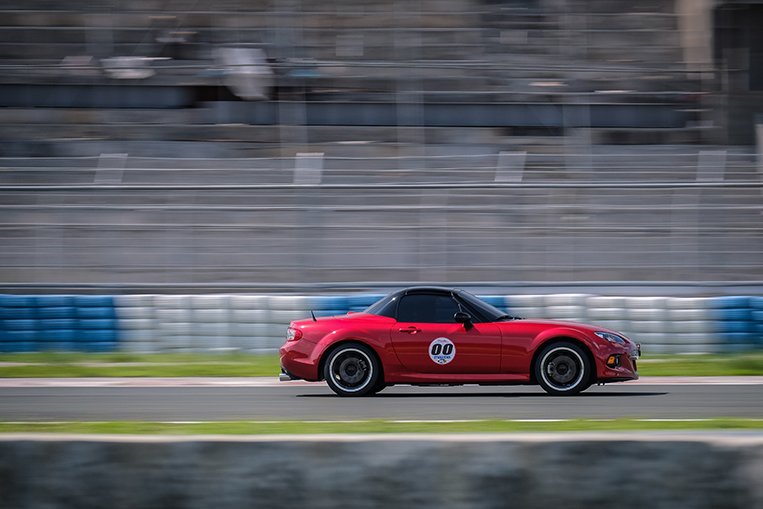
6. Create a story. Your car has a story to tell. Or at least it should. The environment in which you take a photo of your car should reflect its very nature. If it’s a sports car, then a racetrack is a most appropriate backdrop. Is it a pickup? Then a farm or a construction site could set the tone for your picture. Knowing the purpose of a car’s design should help you pick out the befitting scenery that will enhance your car’s character.
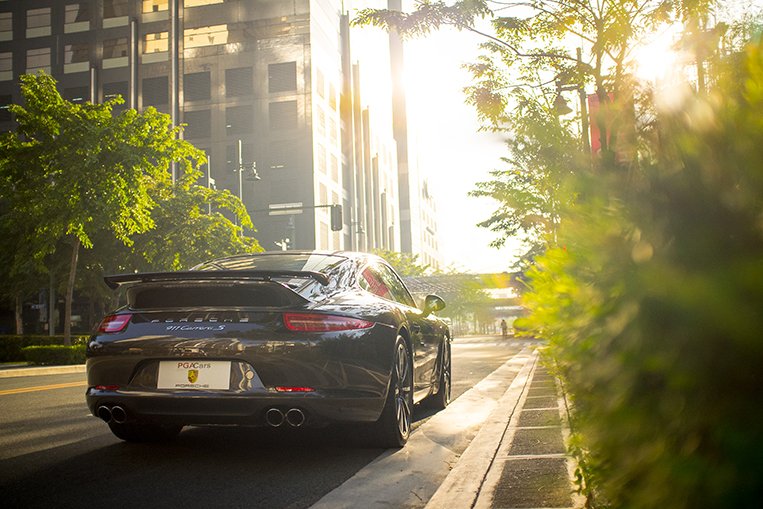
7. Isolate your subject and eliminate distractions. There are many ways to isolate your car from a busy background. One is to pick a clean backdrop right from the start. Two, if a tidy scene isn’t possible, isolate your car by limiting the photo’s depth of field. Basically put, this is the area that is in focus based on your camera lens’s aperture setting. The lower the aperture number, the thinner the depth of field is. Three, you might also want to use post-production software such as Photoshop or Lightroom to delete unwanted distractions like bits of trash, power lines or meandering people. In this age of digital photography, editing software is heaven-sent.
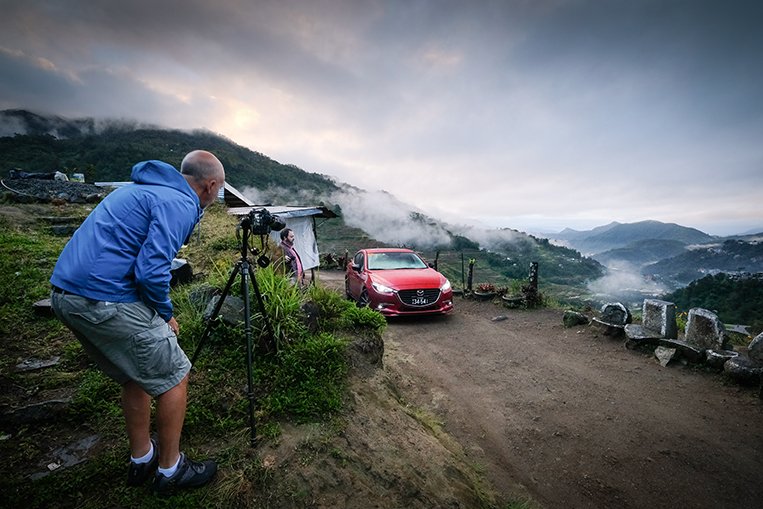
8. Study and learn from the works of others. Every niche of photography has its own masters—photographers who have spent a considerable amount of time perfecting their craft. Visit their websites, study their techniques, deconstruct their output, and find out what makes them tick. Only by learning from the best can you truly aspire to be the best.

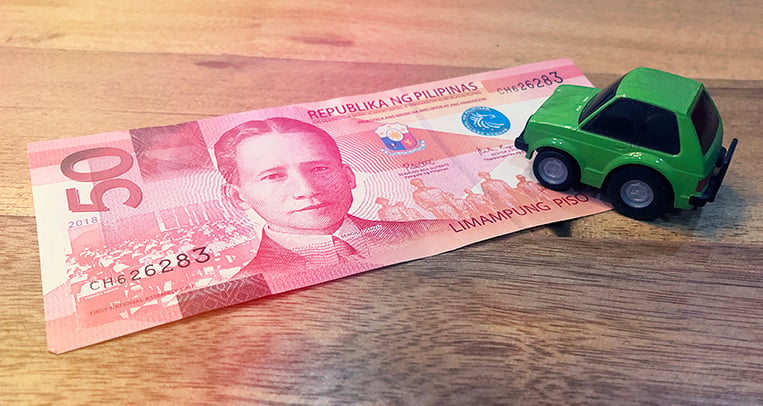
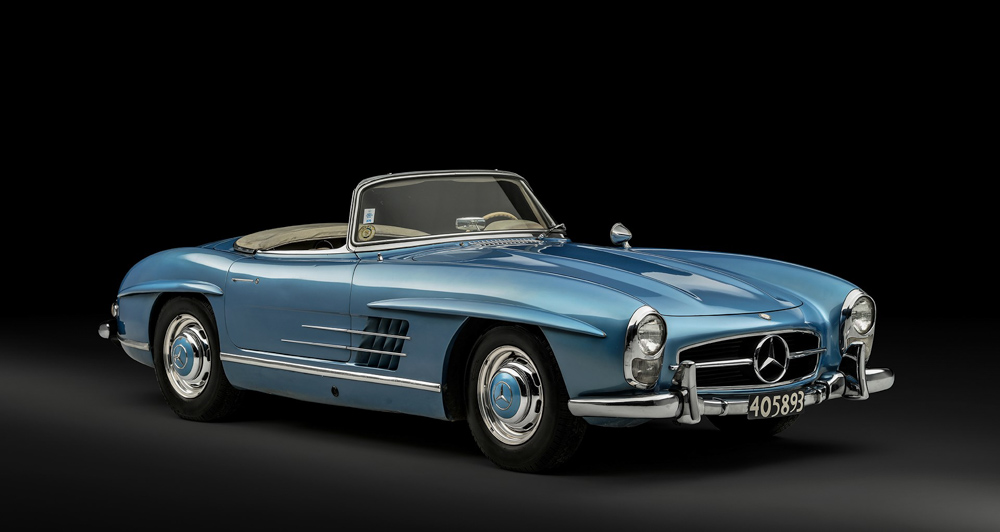
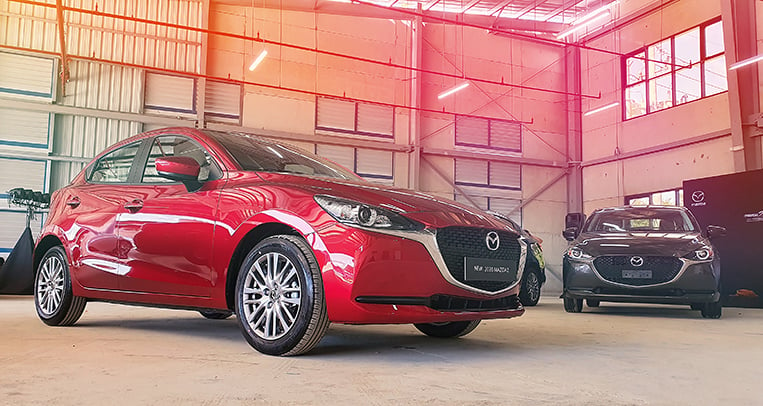
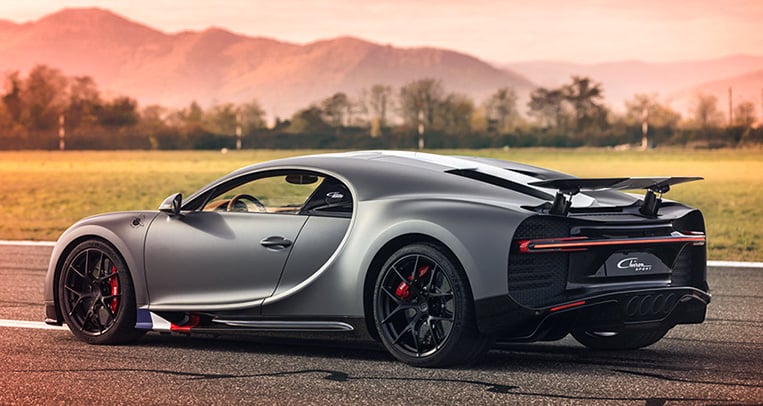
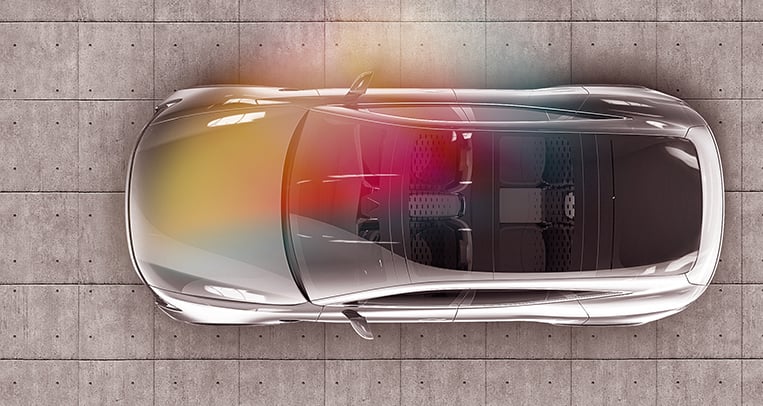


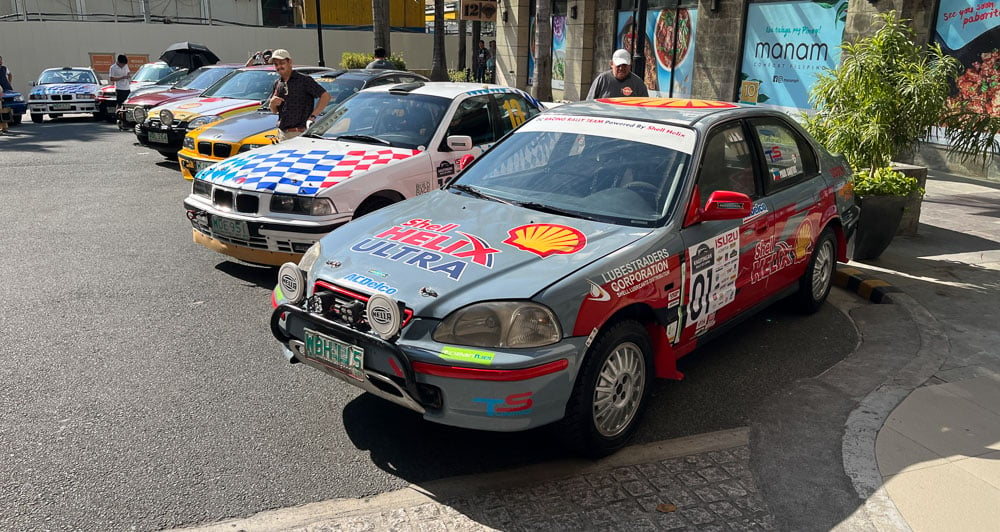

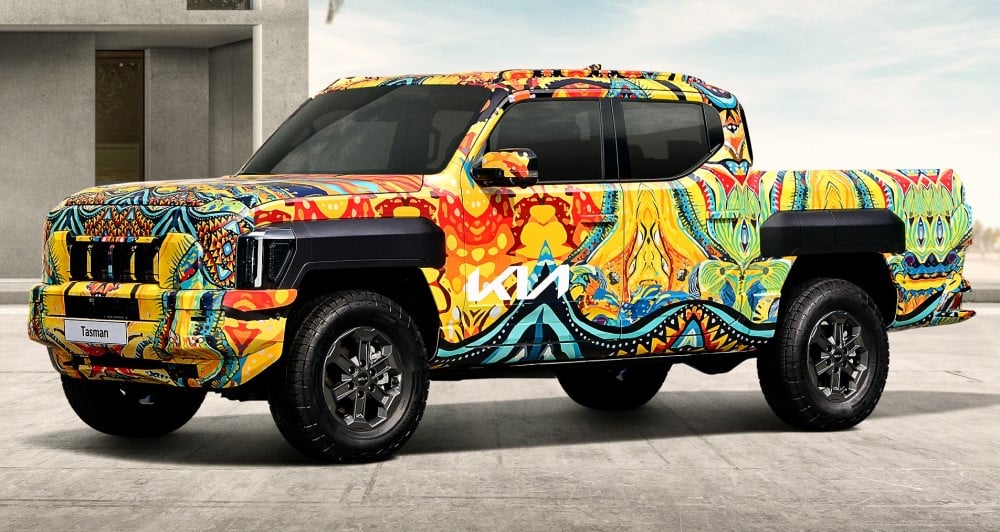
Comments